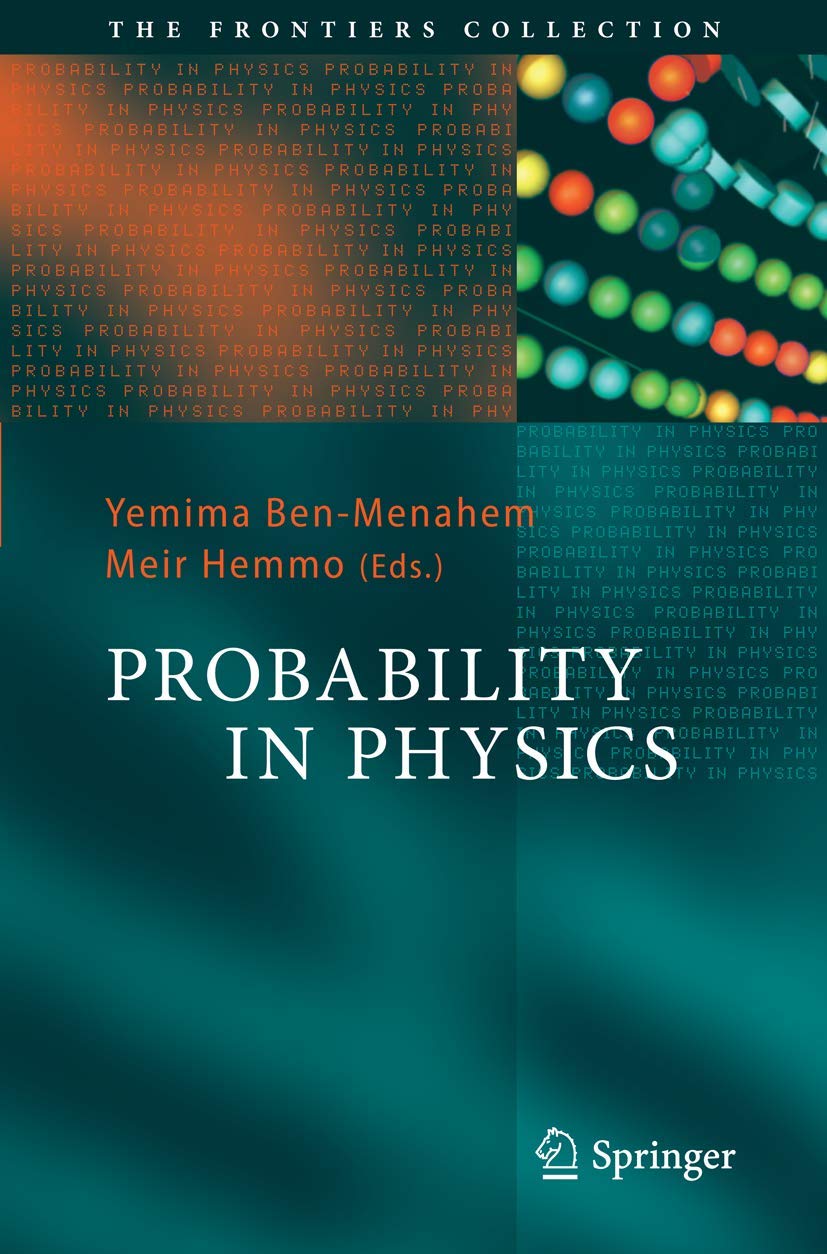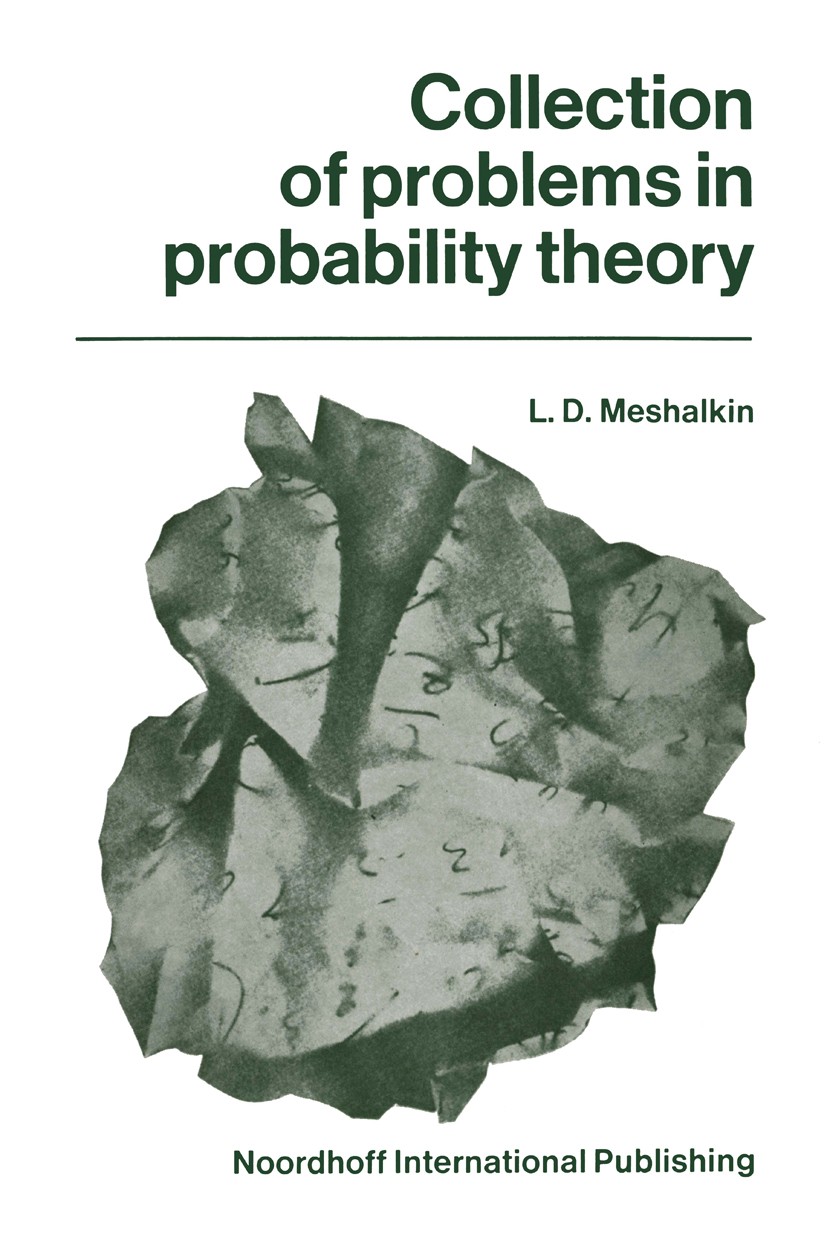
Source: Amazon.de · Auf Lager
Understanding Collection Probability in Solar Cells
The collection probability in a solar cell refers to the likelihood that a carrier generated by light absorption in a specific region of the device will reach the p-n junction and contribute to the light-generated current. This probability is influenced by factors such as the carrier’s distance to travel compared to the diffusion length and the surface properties of the device.
Factors Affecting Collection Probability
Carriers generated near the depletion region have a high collection probability as they are quickly separated by the electric field and collected. However, as the distance from the junction increases, the collection probability decreases. If a carrier is generated far from the junction or near a region with high recombination rates, the likelihood of collection is low.
Mathematical Representation
For a device with uniform doping and an abrupt junction, the collection probability can be mathematically described. The equation governing the collection probability takes into account parameters such as minority carrier diffusion length, surface recombination velocity, minority carrier diffusivity, and layer thickness.
Impact on Light-Generated Current
The collection probability, in conjunction with the generation rate, determines the light-generated current in a solar cell. The light-generated current is calculated by integrating the generation rate over the device thickness, multiplied by the collection probability at each point.
Spectral Dependence
A non-uniform collection probability leads to a spectral dependence in the light-generated current. Variations in collection probability across different wavelengths of light can affect the overall efficiency of the solar cell. For instance, if the collection probability at the front surface is low, certain wavelengths of light may not contribute significantly to the light-generated current.
Source: SpringerLink

